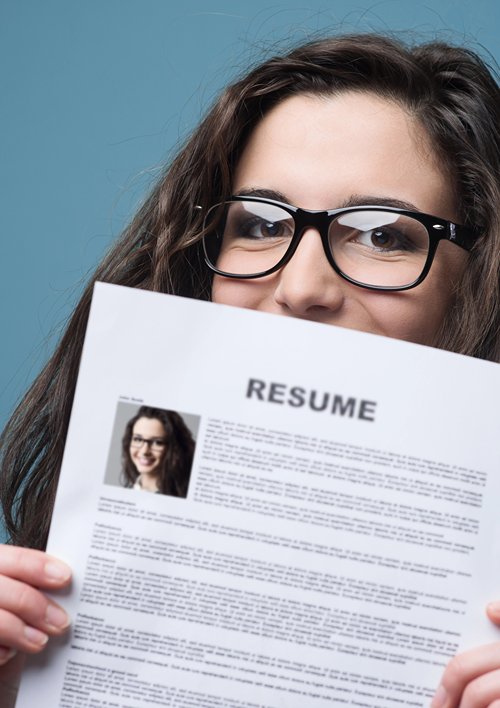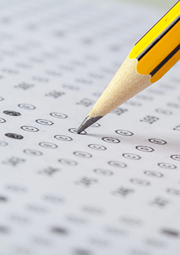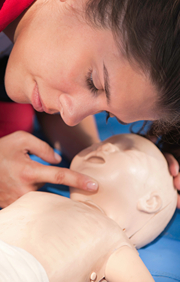How Far Back Should a Resume Go?
A resume is your professional showcase, presenting your skills and experiences to potential employers. The length of your resume is crucial—it must be concise yet comprehensive enough to convey your qualifications effectively. Striking the right balance can prevent your resume from being overwhelming or sparse.
This post will guide you in determining the most appropriate timeframe for your employment history, ensuring that each job listed is relevant and impactful. We’ll provide practical tips to help you fine-tune the length of your CV, aiming to capture the attention of hiring managers effectively.
Factors Influencing the Length of Your Resume
When deciding how far back a resume should go, consider three key factors: the relevance of your experiences, your career level, and your industry norms.
- Relevance of Experience: Include recent and relevant job experiences that match the job requirements you’re applying for. You should detail the last 10 to 15 years of your career, omitting older positions unless they directly apply to the job. This ensures your resume stays current and highlights the skills and achievements to impress potential employers.
- Career Level: Your career stage is crucial in determining resume length. Entry-level candidates often have shorter, one-page resumes that spotlight education and internships relevant to their career goals. Mid-level professionals should aim for a two-page CV showcasing significant roles and contributions. Senior professionals might extend to more than two pages, reflecting their extensive careers with pivotal experiences that add value to their application. To ease the process, you can utilize a CV writing service for expert advice tailored to your needs.
- Industry Norms: Different industries have different expectations for CV length. Technical fields, academia, and high-level corporate positions often require longer resumes to cover technical skills, research, publications, and extensive career histories. On the other hand, industries like retail and hospitality prefer concise resumes that quickly communicate vital qualifications and accomplishments.
Understanding these factors allows you to tailor your resume to the position, industry, and professional level. This approach optimizes your content for quick assessment and demonstrates your fit for the role.
General Guidelines on Resume Timeline
The 10-Year Rule is helpful when deciding how far back to go on your resume. Focus on the last decade of your employment to keep your resume fresh and relevant. This method highlights your recent achievements and ensures that the information to interest employers is front and center.
However, sometimes, it’s beneficial to include experiences older than ten years. Whether you’ve held a vital role directly relevant to the job you’re applying for or in academia where your entire professional history could be pertinent, including these experiences makes sense.
For older but important roles, you can concisely add them under a section like “Previous Professional Experience” or “Other Relevant Experience.” This approach lets you mention these positions without going into too much detail, keeping your resume clear and to the point while showcasing a broader range of experiences.
How to Tailor Your Resume for Different Scenarios
Adjusting your approach based on your specific career situation is essential when tailoring your resume for different scenarios.
Here’s how to do it for three common scenarios:
- Career Changes: When shifting industries or roles, showcasing transferable skills relevant to your new field is crucial. When transitioning into an educational role from a career break, highlight your proficiency with pivotal tools in education settings. Demonstrating your ability to use Google Workspace for education effectively can be a significant advantage. This shows potential employers that you are well-prepared to integrate technology into educational workflows, making your resume stand out in applications for teaching or administrative positions in schools and universities.
- Returning to the Workforce: For those returning after a break, focus on experiences demonstrating your ongoing engagement with the industry. Include relevant volunteer work, courses, or freelance projects you undertook during your time away. Use a functional resume format that organizes your experience by skill set rather than chronology, allowing your relevant abilities to stand out.
- Advanced Careers: With a long career history, prioritize the most recent and relevant experiences to keep your resume within two pages. Detail your recent roles and briefly touch on earlier positions under a separate heading like “Earlier Career.” This way, you can present a comprehensive view of your background without overwhelming the reader with too much information.
These adjustments make your CV targeted and relevant, ensuring it leaves a strong impression on potential employers.

Image by Drazen Zigic on Freepik
Avoiding Common Pitfalls
To make your resume stand out, actively avoid a few common pitfalls. Skip clichés like “hardworking” or “team player.” Using these terms is overdone and doesn’t effectively communicate your specific skills or accomplishments. Instead, highlight concrete achievements that showcase these qualities.
For example, rather than claiming you’re hardworking, specify that you consistently met or exceeded project deadlines. Consistency is also vital. Format all dates, job titles, and descriptions consistently across your CV. If you’re aiming for a role as a recruiter, for instance, it’s essential to understand the recruiter resume skills that are crucial for success
Finally, pay attention to the importance of grammar and spelling. Small mistakes can make a significant negative impression, suggesting you might ignore details. Always proofread your resume multiple times, and consider having someone else review it, too. Occasionally, a fresh pair of eyes can catch errors you missed.
Tips to Enhance CV Readability and Impact
To enhance the readability and impact of your resume, focus on these critical areas:
- Prioritizing Information: Be selective about what you include. Tailor your resume to each job application, highlighting experiences and skills that align with the job description.
- Formatting Tips: Choose a standard, easy-to-read font like Arial or Times New Roman in size 10 or 12. Headings should be clear and used consistently to help guide the reader through sections.
- Active Language: Use dynamic verbs like ‘self-taught’ and ‘innovated’ to show your initiative in learning new skills. Mention specific projects or technologies you’ve mastered independently to highlight your effectiveness as a successful self-learner. This demonstrates your ability to adapt and grow professionally, making your resume more compelling.
By applying these tips, you can create a resume that reads well and makes a strong impact, catching the eye of recruiters and hiring managers.
Conclusion
The key to a successful resume is tailoring it to highlight the correct timeline and style for your career goals. Focus primarily on the past 10 years of your work history, unless earlier roles are directly relevant to the job you’re pursuing. Always customize your resume for each job, emphasizing the skills and experiences that align most closely with the position.
By strategically adapting your resume to fit each unique scenario, you turn it into a dynamic tool that effectively communicates your qualifications and readiness for upcoming opportunities. Tailor it carefully to meet your career aspirations, and you’ll significantly enhance your chances of catching the eye of hiring managers.








